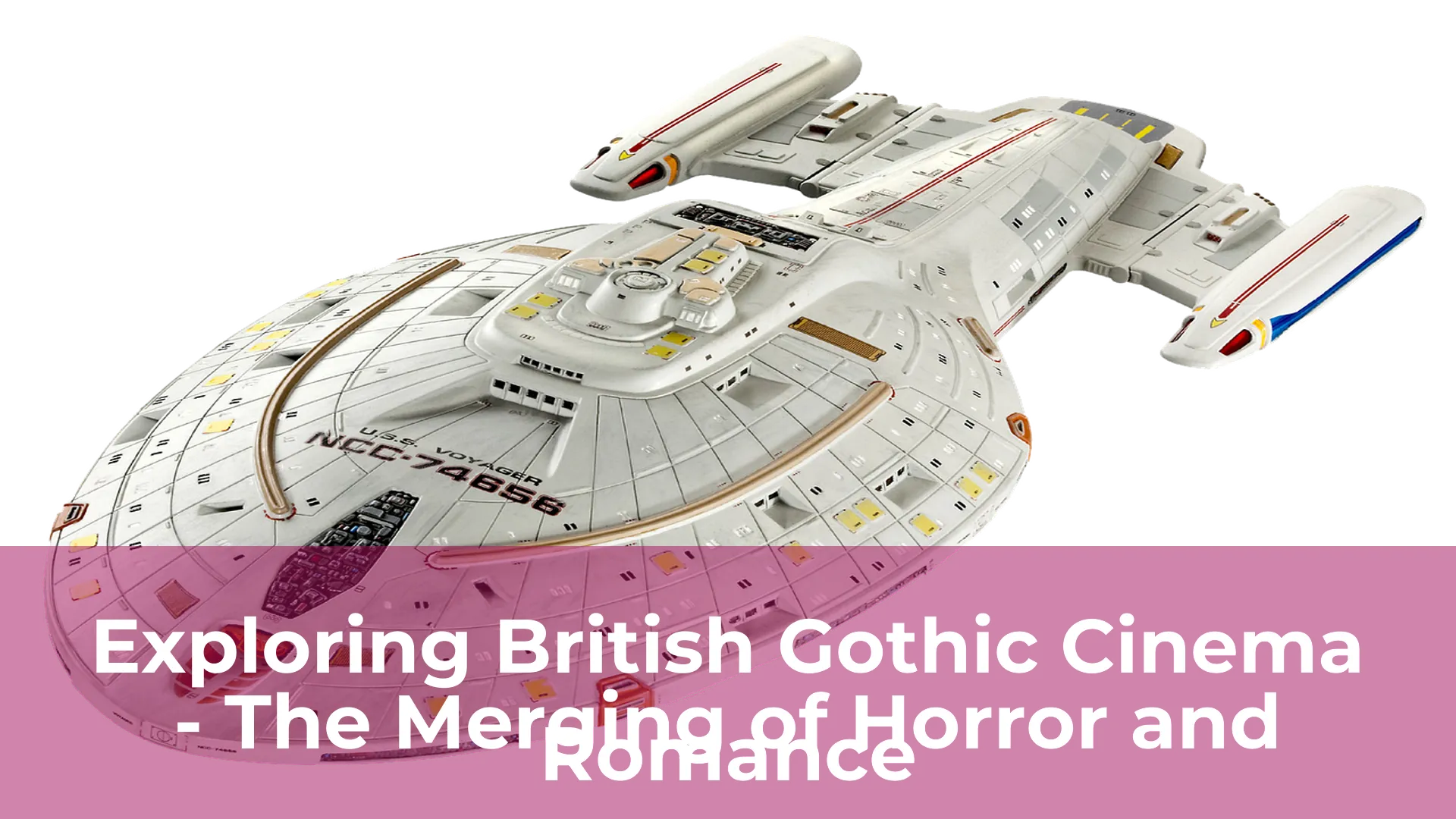British Gothic cinema is a genre that encompasses a wide range of films that fuse horror and romance. These films emerged in the late 1950s and 1960s and continue to influence modern horror cinema. The term ‘Gothic’ is often associated with dark, medieval castles, and supernatural beings such as vampires, ghosts, and werewolves. However, British Gothic cinema goes beyond these elements, exploring complex themes of sexuality, gender, and class.
The merging of horror and romance in British Gothic cinema is a powerful tool used to explore the human experience. These films often depict a doomed romance between a mortal and a supernatural being, suggesting that the boundaries between life and death, good and evil, and love and hate are not as clear cut as we may think. The horror elements in these films often serve as a metaphor for the darker aspects of human nature, such as lust, jealousy, and obsession. At the same time, the romantic elements help to humanize the supernatural characters, making them more relatable and sympathetic.
Despite its dark themes, British Gothic cinema has had a lasting impact on film culture. Many of these films have gained a cult following, and their influence can be seen in contemporary horror films. From the Victorian splendor of Hammer Horror films to the eerie atmosphere of Dario Argento’s Suspiria, the legacy of British Gothic cinema is a testament to the enduring appeal of horror and the power of cinema to explore the deepest recesses of the human psyche.
Introduction: The Fascinating World of British Gothic Cinema
The British Gothic cinema is a genre that has captivated audiences for decades. It’s a unique blend of horror, romance, and mystery that has given rise to some of the most memorable and iconic films in the history of cinema. From the early classics like The Cabinet of Dr. Caligari, to recent entries like Crimson Peak, the genre has continued to evolve and excite audiences with its eerie and atmospheric storytelling.
What sets British Gothic cinema apart is its focus on atmosphere and mood. The films are often set in dark, eerie locations, with haunting soundtracks and intricate set designs. The characters are typically complex and tortured, and the plots are filled with twists and turns that keep audiences on the edge of their seats. And while the films are undoubtedly scary, they also explore deeper themes such as love, loss, and the human psyche. All of these elements come together to create a truly fascinating and unforgettable cinematic experience.
Origins of British Gothic Cinema: From Literature to Film
British Gothic Cinema is a subgenre of horror cinema that has its roots in the literary tradition of Gothic fiction. Gothic literature in Britain reached its peak during the late 18th and early 19th centuries with the works of famous authors like Mary Shelley, Bram Stoker, and Edgar Allan Poe. Their tales of terror, supernatural elements, and mystery have inspired a new wave of cinema that continues to captivate audiences to this day.
The first British Gothic film was The Silent House (1929), which was directed by Walter Summers and starred American actress Dorothy Forster. However, it wasn’t until the 1950s and 1960s that British Gothic cinema truly flourished and gained international recognition. These films were characterized by their use of dark, atmospheric settings, ominous soundtracks, and dramatic performances by actors such as Christopher Lee and Peter Cushing.
Some of the most famous British Gothic films include The Curse of Frankenstein (1957), Dracula (1958), and The Wicker Man (1973). These films not only entertained audiences but also influenced future generations of filmmakers and artists. Today, British Gothic cinema remains an important part of film history and continues to inspire new generations of horror enthusiasts.

